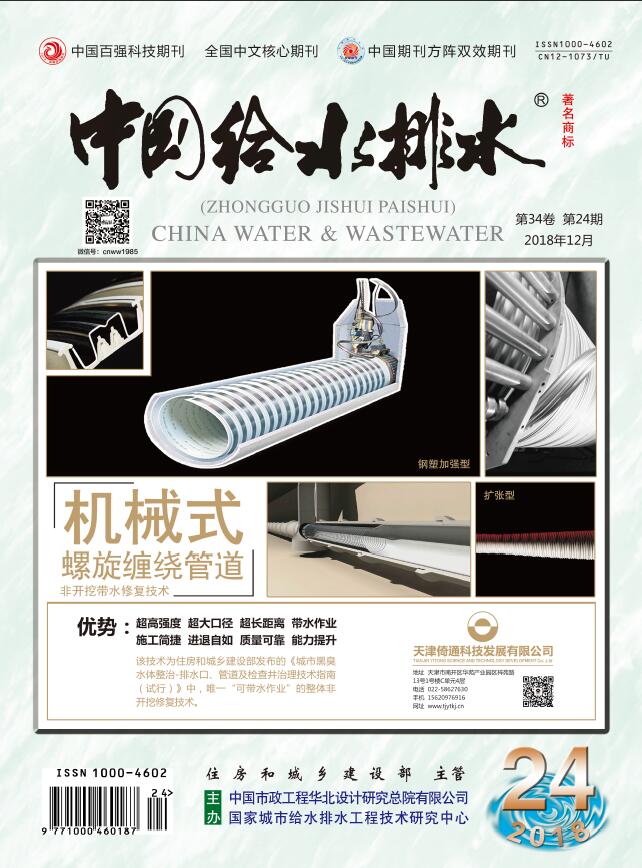LIUXiao-mei,ZENGSi-yu,GU Chao-guang,et al.Integrated Scheduling Method for Wastewater Treatment Plant, Sewer Network and Receiving River Based on Multi-objective Optimization[J].China Water & Wastewater,2025,41(9):123-129.
Integrated Scheduling Method for Wastewater Treatment Plant, Sewer Network and Receiving River Based on Multi-objective Optimization
China Water & Wastewater[ISSN:1000-4062/CN:12-1073/TU]
volume:
第41卷
Number:
第9期
Page:
123-129
Column:
Date of publication:
2025-05-01
- Keywords:
- wastewater treatment plant-sewer network-river integration; optimized scheduling; simulation analysis; multi-objective optimization
- Abstract:
- Through the coordinated and integrated management of the drainage network, wastewater treatment plants, and receiving rivers, the water environmental quality of the river network can be significantly enhanced, leading to improved water quality regular rate in regional river sections. Hydrodynamic water quality models for both the drainage network and river network in the southern part of the Tanghe River system in Yuhang District were separately established. Through numerical simulation, the quantitative analysis of river water quality regular rate was conducted under the intelligent scheduling rules of diversion wells and sluice gates. Key scheduling factors were identified, and optimization objectives were established by selecting appropriate algorithms. Specifically, the total overflow pollution load, flood season pollution intensity, and supplementary water volume of the drainage network were chosen as the primary optimization targets. Particle swarm optimization (PSO) and non-dominated sorting genetic algorithm Ⅱ (NSGA-Ⅱ) were employed to optimize the scheduling schemes. After optimization, the overflow pollution load of the drainage network was reduced by 80%, the water quality regular rate at Hongweigang River increased from 0 to 71%, and the average CODMn at Fengshugang River decreased by 37% to 11.6 mg/L. These improvements significantly enhanced the overall water quality regular rate of the river network and effectively mitigated outlet overflow pollution, thereby substantially improving the water environment.
Last Update:
2025-05-01

